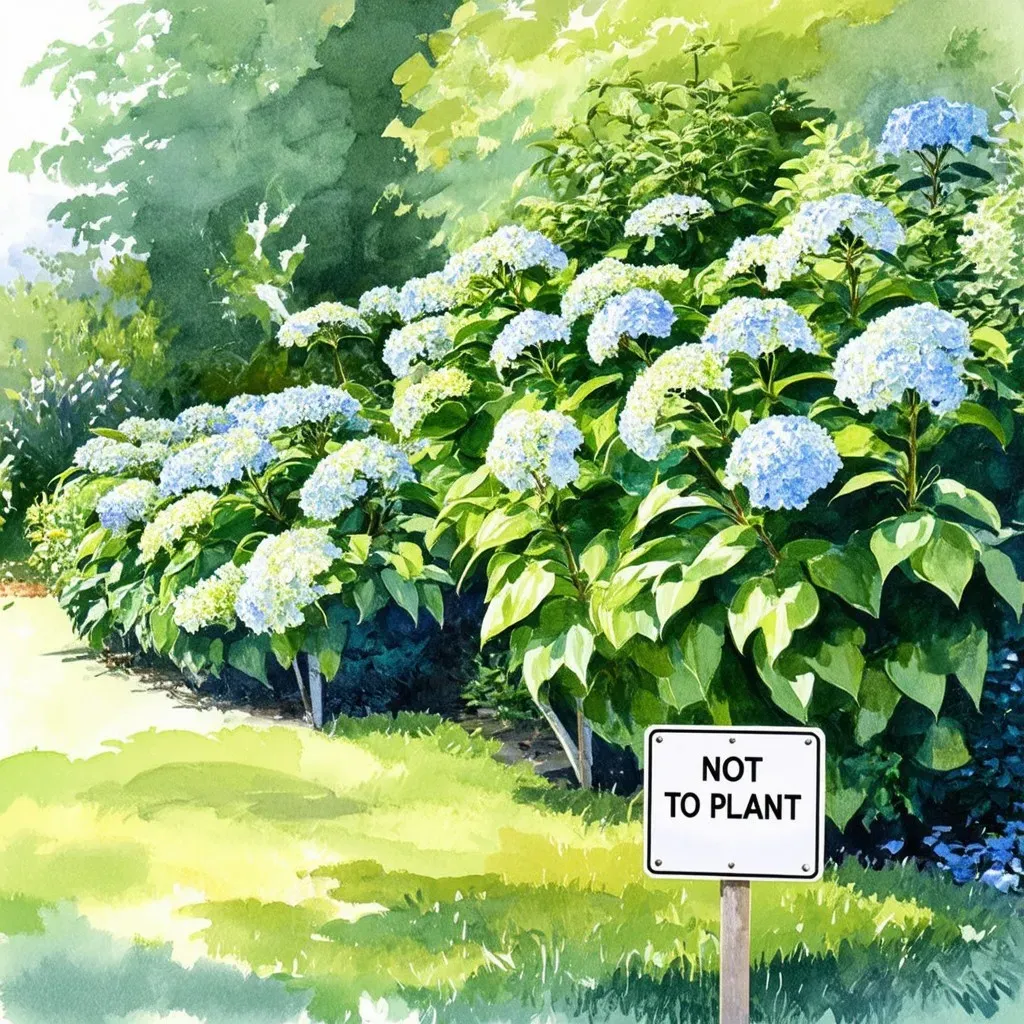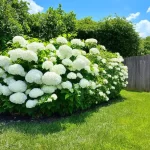limelight hydrangea Companion Plants are an essential part of any garden enthusiast’s toolkit. Creating the perfect garden landscape requires careful consideration of plant pairings that not only complement one anOther aesthetically but also thrive in similar environmental conditions. In the case of the Limelight Hydrangea, known scientifically as Hydrangea paniculata ‘Limelight’, companion planting becomes a vital strategy to enhance both beauty and health in your garden.
Choosing the Right Companions for Your Limelight Hydrangea
Limelight Hydrangeas are celebrated for their stunning conical flower heads, which change from soft green to creamy white and finally to a rosy blush as the season progresses. These plants thrive in well-drained soil with full to partial sunlight, making them versatile companions in a variety of garden settings. Here’s a closer look at some champion companion plants that pair beautifully with Limelight Hydrangeas:
Ideal Companions: A Quick Overview
| Companion Plant | Description | Light Requirement | Growth Zone |
|---|---|---|---|
| Ferns | Lacy foliage that contrasts beautifully | Partial to full sun | Zones 3-9 |
| Astilbe | Feathery flowers in summer | Partial shade | Zones 4-8 |
| Hostas | Leafy texture in various shades | Shade to partial sun | Zones 3-9 |
| Sedum | Succulent flowers that attract pollinators | Full sun | Zones 3-9 |
| Catmint | Lavender-colored blooms that thrive in sun | Full sun | Zones 3-8 |
| Ornamental Grasses | Adds height and movement to gardens | Full sun | Zones 4-9 |
[Image: Companion-Plants-Table]
Detailed Companion Plant Profiles
1. Ferns
Ferns such as the bracken fern and Japanese painted fern complement Limelight Hydrangeas remarkably well. Their delicate, lacy leaves provide a stunning contrast to the bold blooms of the hydrangea. Additionally, they thrive in the moist, nutrient-rich soil that hydrangeas prefer.
2. Astilbe
Astilbe, with its plume-like flowers, blooms in shades of pink, red, and white. These shade-loving perennials perform beautifully in the same conditions required by hydrangeas, adding a burst of color to accommodate the limelight aesthetic.
3. Hostas
Hostas are a gardener’s favorite due to their lush foliage and wide range of colors. They prefer similar soil conditions, making them ideal companions. Place them in shadier spots around the hydrangea to ensure their leaves stay vibrant.
4. Sedum
These sun-loving succulents thrive even in drier conditions, making them a resilient companion plant. The contrasting textures of Sedum’s fleshy leaves next to the soft blooms of Limelight Hydrangeas create visual interest.
5. Catmint
Known for attracting pollinators, Catmint is an excellent garden companion. Its aromatic leaves and long-lasting blooms in shades of blue and purple work well with the creaminess of Hydrangea flowers, providing a delightful visual display.
6. Ornamental Grasses
Ornamental grasses add height and movement to the garden space, which can greatly enhance the beauty of your Limelight Hydrangeas. Varieties like Miscanthus or Panicum provide an airy backdrop that complements the full-bodied blooms of the hydrangea.
What Not to Plant with Limelight Hydrangeas
While selecting companion plants can enhance your hydrangea’s beauty, certain plants may hinder their growth and health. Here are some notable plants to avoid:
- Black Walnut Trees: They exude a chemical called juglone, which is toxic to many plants, including hydrangeas.
- Lavender: While beautiful, lavender prefers drier soils, which can be detrimental to the moisture-loving hydrangea.
- Dianthus: This plant likes to dry out, causing competition for water that hydrangeas need.

Additional Planting Considerations
When planning your garden layout, consider these factors to ensure all your plants thrive harmoniously:
Sunlight
Limelight Hydrangeas prefer full to partial sun, so ensure that your companion plants share similar light requirements.
Soil Type
These hydrangeas flourish in rich, well-drained soil. Companion plants should similarly thrive in the same soil type to ensure healthy growth.
Watering Needs
Be mindful of each plant’s watering needs. Pair hydrangeas with companions that have similar moisture requirements to prevent root rot or dehydration.
Seasonal Interest
To create a visually appealing garden year-round, consider including plants that bloom at different times or offer unique foliage characteristics through the seasons.
Care Tips for Limelight Hydrangeas and Their Companions
- Pruning: Prune your Limelight Hydrangeas in late winter to encourage robust blooms in summer.
- Fertilization: Use a balanced fertilizer in early spring to promote growth and health for both hydrangeas and their companions.
- Mulching: Apply mulch to retain soil moisture, suppress weeds, and maintain soil temperature.
Frequently Asked Questions (FAQ)
What is the best time to plant Limelight Hydrangeas?
The best time to plant Limelight Hydrangeas is in the spring or early fall when the soil is warm, and plants are more likely to establish themselves without the stress of summer heat.
Can I plant Limelight Hydrangeas in full sun?
Yes, Limelight Hydrangeas can tolerate full sun; however, they will benefit from some afternoon shade, especially in hotter regions.
How often should I water Limelight Hydrangeas?
Water your Limelight Hydrangeas regularly to keep the soil moist but not soggy, especially in the first year after planting. Once established, they may require less frequent watering.
Are there any popular garden designs featuring Limelight Hydrangeas?
Yes! Garden designs that feature Limelight Hydrangeas often include a mix of companion plants that bloom at different times, offering seasonal interest while providing various textures and colors.
For further insights and tips, please check out Gardenia.

Adopting companion planting techniques with Limelight Hydrangeas not only enhances the beauty of your garden but also promotes a biodiverse ecosystem. Embrace the power of pairing plants wisely to create a vibrant, thriving landscape that brings you joy throughout every season!


